 Facebook
Facebook
 X
X
 Instagram
Instagram
 TikTok
TikTok
 Youtube
Youtube
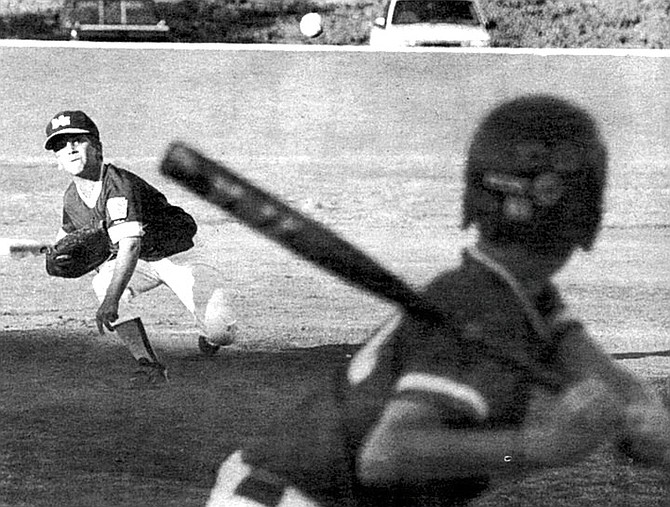
During school vacations, Carl and I hopped the freight train that chugged through twice a week. It stopped in La Mesa to unload flatbeds of planks to the lumberyard. Carl and I strolled along Spring Street until we spotted an empty boxcar. One of us stood lookout for the yardman or engineer. The other climbed into the boxcar. Both aboard, we hid in the dark corner shadows until the train at last began rumbling out.
By Ken Kuhlken, Nov. 20, 1997 | Read full article
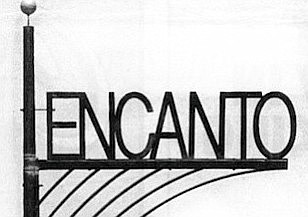
A whopping 980 homes (or 23.2 percent of all existing Encanto structures) were built during the 1950s. New highways were created, which crisscrossed the land nearby, further increasing Encanto’s accessibility. Innovations in earth-moving techniques allowed developers to mow down physical barriers that threatened to preclude subdivision sales. Slopes were cut away, canyons were filled, and natural runoff channels were diverted. African-Americans began to settle in the area during the 1960s. Many moved from Logan Heights.
By Susan Vaughn, Dec. 3, 1998 | Read full article
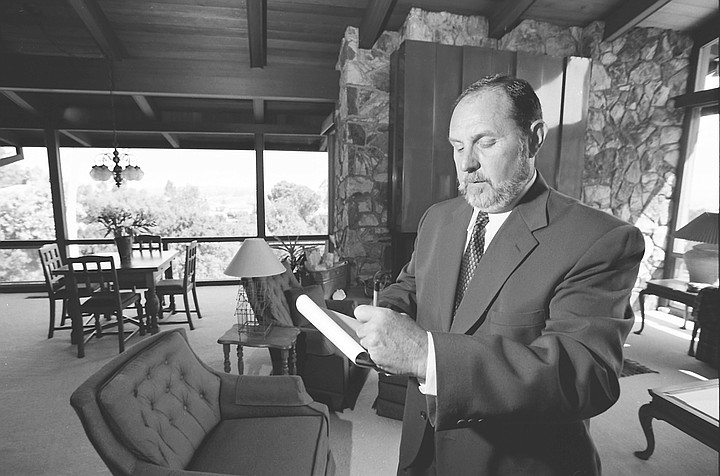
“There are still people who have El Cajon addresses who never set foot in the city of El Cajon because there are areas that get labeled El Cajon: Rancho Vista Grande, Fletcher Hills, Granite Hills, Monarch Ridge, Rancho San Diego. But people don't know that; they just go, 'Oh, you live in El Cajon.' And they have no idea that East County has neighborhoods filled with quiet money. They're not flashy people, they're not fast-laners."
By Ernie Grimm, Aug 23, 2001 | Read full article
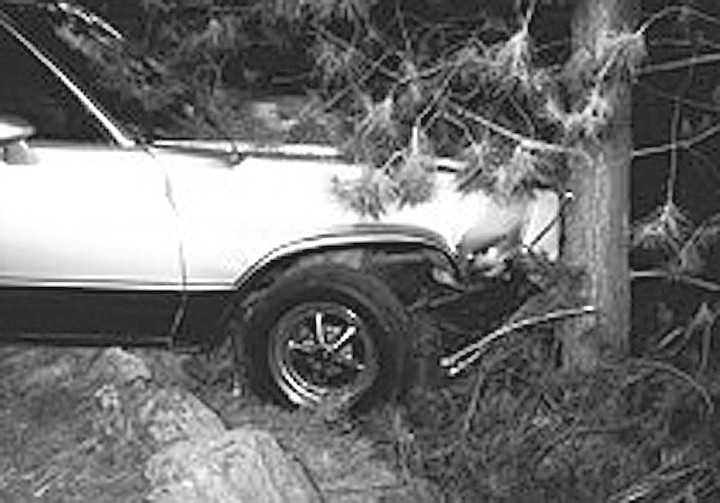
By early 1995, area residents, most of whom had been menaced by Harper at least once, started holding meetings about the problem. Their first attempt at a solution was to write a letter to Harper's elderly parents, whom Harper lived with. When this produced no results, the group was advised by the sheriff's department to document Harper's activities. From his house higher up Dictionary Hill, Palm could look down on Harper's house.
By Ernie Grimm, May 20, 2004 | Read full article
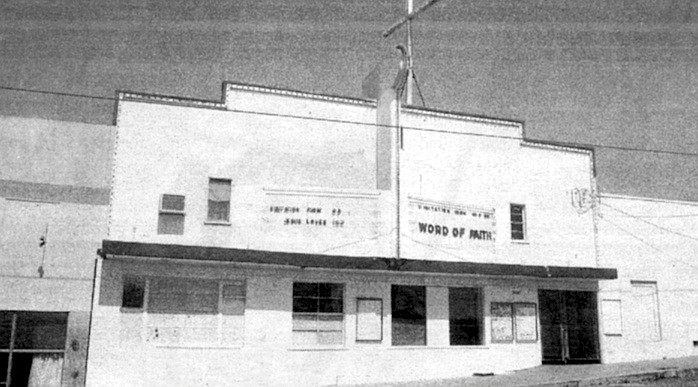
Most of Lindo Lake is nice, with grass and ducks, but on the north side of the lake is a small ditch where future generations of white trash like to hangout, drink malt liquor, and smoke pot and GPC cigarettes. The day we took our trip through Lakeside, we found Brent, 16, and Russell, 17, who has several cheap tattoos, including a swastika on his right arm. Both were drinking St. Ides malt liquor at 3:00 p.m.
By Larry Harmon, Nov. 17, 1994 | Read full article
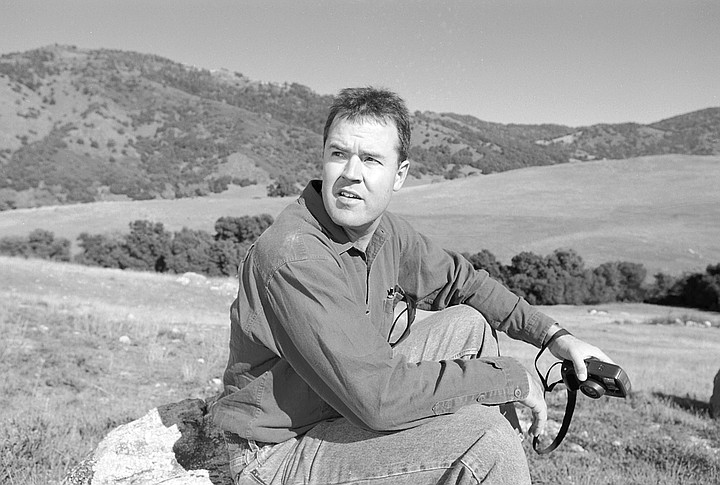
“The property is a refuge for a number of large, what I call charismatic species of animals that people closely associate with nature conservation. Those would be bobcats and badgers and ringtails, which are a kind of raccoon, and golden eagles, which make their home in the backcountry of San Diego and need large, open grasslands to forage.
We suspect that these two properties will be very important for maintaining golden eagle populations.”
By Ernie Grimm, Nov. 30, 2000 | Read full article

No matter how I concentrated on El Capitan’s gorilla face, my eye saw only an orange blot off in the periphery. Our water storage tank came down and we tied into Helix Water District. We had several brush fires come down from La Cresta for a visit: those crazy folks in La Cresta were always knocking over lanterns, shorting electrical wire, playing with matches. When I-8 was completed we ceased to worry—the freeway was an effective firebreak.
By Ross Flaven, Dec. 16, 1976 | Read full article

But “store” isn’t exactly the right word for Flinn Springs Feed & Supplies; it’s more of a compound. A curved metal roof arches over a driveway in back, connecting the main building to a large, three-walled storage shed. Behind this lie several greenhouses, some with sections missing. Interspersed among these larger assemblages are two rows of chicken cages, a rabbit hutch, a kerosene pump, several smaller sheds, and the foundation of a small house.
By Matthew Lickona, Dec. 14, 1995 | Read full article


During school vacations, Carl and I hopped the freight train that chugged through twice a week. It stopped in La Mesa to unload flatbeds of planks to the lumberyard. Carl and I strolled along Spring Street until we spotted an empty boxcar. One of us stood lookout for the yardman or engineer. The other climbed into the boxcar. Both aboard, we hid in the dark corner shadows until the train at last began rumbling out.
By Ken Kuhlken, Nov. 20, 1997 | Read full article

A whopping 980 homes (or 23.2 percent of all existing Encanto structures) were built during the 1950s. New highways were created, which crisscrossed the land nearby, further increasing Encanto’s accessibility. Innovations in earth-moving techniques allowed developers to mow down physical barriers that threatened to preclude subdivision sales. Slopes were cut away, canyons were filled, and natural runoff channels were diverted. African-Americans began to settle in the area during the 1960s. Many moved from Logan Heights.
By Susan Vaughn, Dec. 3, 1998 | Read full article

“There are still people who have El Cajon addresses who never set foot in the city of El Cajon because there are areas that get labeled El Cajon: Rancho Vista Grande, Fletcher Hills, Granite Hills, Monarch Ridge, Rancho San Diego. But people don't know that; they just go, 'Oh, you live in El Cajon.' And they have no idea that East County has neighborhoods filled with quiet money. They're not flashy people, they're not fast-laners."
By Ernie Grimm, Aug 23, 2001 | Read full article

By early 1995, area residents, most of whom had been menaced by Harper at least once, started holding meetings about the problem. Their first attempt at a solution was to write a letter to Harper's elderly parents, whom Harper lived with. When this produced no results, the group was advised by the sheriff's department to document Harper's activities. From his house higher up Dictionary Hill, Palm could look down on Harper's house.
By Ernie Grimm, May 20, 2004 | Read full article

Most of Lindo Lake is nice, with grass and ducks, but on the north side of the lake is a small ditch where future generations of white trash like to hangout, drink malt liquor, and smoke pot and GPC cigarettes. The day we took our trip through Lakeside, we found Brent, 16, and Russell, 17, who has several cheap tattoos, including a swastika on his right arm. Both were drinking St. Ides malt liquor at 3:00 p.m.
By Larry Harmon, Nov. 17, 1994 | Read full article

“The property is a refuge for a number of large, what I call charismatic species of animals that people closely associate with nature conservation. Those would be bobcats and badgers and ringtails, which are a kind of raccoon, and golden eagles, which make their home in the backcountry of San Diego and need large, open grasslands to forage.
We suspect that these two properties will be very important for maintaining golden eagle populations.”
By Ernie Grimm, Nov. 30, 2000 | Read full article

No matter how I concentrated on El Capitan’s gorilla face, my eye saw only an orange blot off in the periphery. Our water storage tank came down and we tied into Helix Water District. We had several brush fires come down from La Cresta for a visit: those crazy folks in La Cresta were always knocking over lanterns, shorting electrical wire, playing with matches. When I-8 was completed we ceased to worry—the freeway was an effective firebreak.
By Ross Flaven, Dec. 16, 1976 | Read full article

But “store” isn’t exactly the right word for Flinn Springs Feed & Supplies; it’s more of a compound. A curved metal roof arches over a driveway in back, connecting the main building to a large, three-walled storage shed. Behind this lie several greenhouses, some with sections missing. Interspersed among these larger assemblages are two rows of chicken cages, a rabbit hutch, a kerosene pump, several smaller sheds, and the foundation of a small house.
By Matthew Lickona, Dec. 14, 1995 | Read full article
Comments